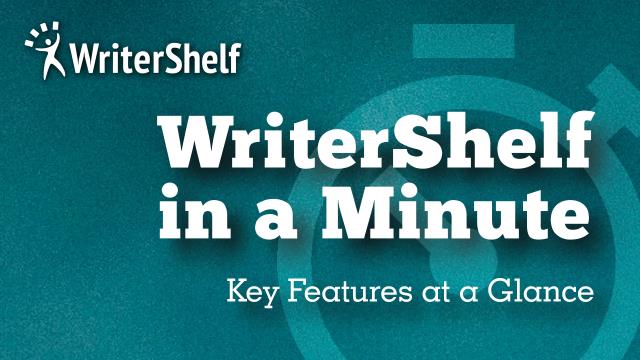A Exploring Data Science In Business Success Story You'll Never Believe
802
0
·
2019/08/26
·
2 mins read
☕
WriterShelf™ is a unique multiple pen name blogging and forum platform. Protect relationships and your privacy. Take your writing in new directions. ** Join WriterShelf**
WriterShelf™ is an open writing platform. The views, information and opinions in this article are those of the author.
Article info
Tags:
Date:
Published: 2019/08/26 - Updated: 2020/05/25
Total: 421 words
Like
or Dislike
More from this author
More to explore









Southeast Telecommunications Company was losing many of its customers to customer churn — the customers were simply moving to other telecom service providers.
Because it’s significantly more expensive to acquire new customers than it is to retain existing customers, Southeast’s management wanted to find a way to decrease their churn rates. So, Southeast Telecommunications engaged Analytic Solutions, Inc. (ASI), a business-analysis company. ASI interviewed Southeast’s employees, regional managers, supervisors, front-line employees, and help-desk employees. After consulting with personnel, they collected business data that was relevant to customer retention.
ASI began examining several years’ worth of Southeast’s customer data to develop a better understanding of customer behavior and why some people left after years of loyalty, while others continued to stay on. The customer datasets contained records for the number of times a customer had contacted Southeast’s help desk, the number of customer complaints, and the number of minutes and megabytes of data each customer used per month. ASI also had demographic and personal data (credit score, age, and region, for example) that was contextually relevant to the evaluation. The best data science course
By looking at this customer data, ASI discovered the following insights.
Within the one-year time interval before switching service providers
Based on these results, ASI fitted a logistic regression model to the historical data to identify the customers who were most likely to churn. With the aid of this model, Southeast could identify and direct retention efforts at the customers that they were most likely to lose. data science course online These efforts helped Southeast improve its services by identifying sources of dissatisfaction; increase returns on investment by restricting retention efforts to only those customers at risk of churn (rather than all customers); and most importantly, decrease overall customer churn, thus preserving the profitability of the business at large.
What’s more, Southeast didn’t make these retention efforts a one-time thing: The company incorporated churn analysis into its regular operating procedures. By the end of that year, and in the years since they’ve seen a dramatic reduction in overall
customer churn rates.